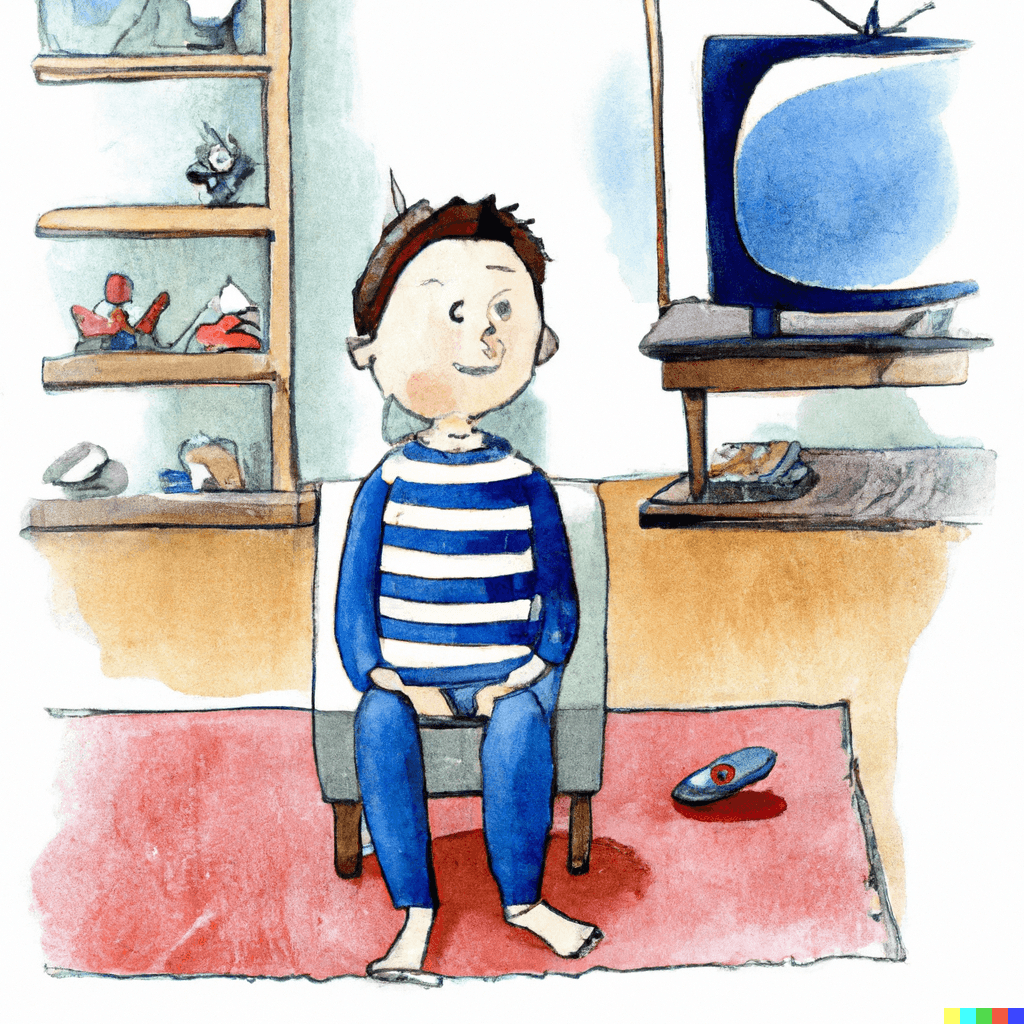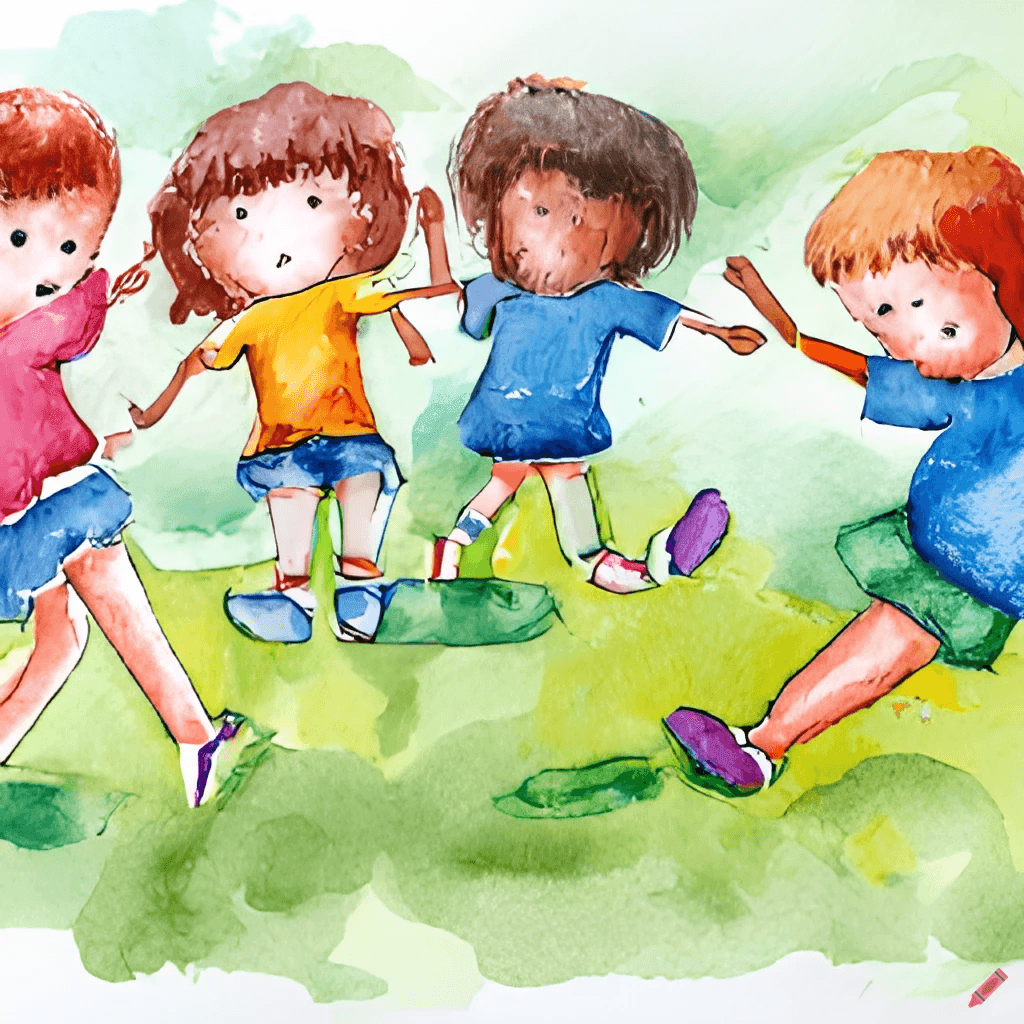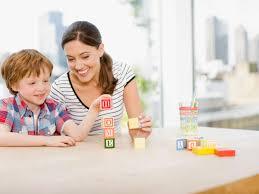Latest Blog from 4aKid
Summer is a fun time for all, but it’s also a time when a lot of accidents happen. You can keep your kids safer by educating yourself and your kids on how to stay safe while still enjoying summer months. Here are some ways to keep your children safe this summer.
Fun in the Sun
According to the USA Skin Cancer Foundation, getting one blistering sunburn when you are a child doubles your chances of developing melanoma. Regardless of age and skin, it is recommended that everyone (adults and kids) apply a water-resistant sunscreen that protects against both UVA and UVB rays every day of the year, even in winter and on cloudy days. Choose a sunscreen that is at least SPF 30 and apply it 15 to 30 minutes before going outside. When using sunscreen, apply as much as would fill a shot glass -- and if you're using both sunscreen and insect repellent, apply sunscreen first and then repellent.
Babies under 6 months:
- The best is to keep babies out of the sun completely if possible.
- Prevent sunburn by avoiding sun exposure, and dress infants in lightweight clothing that covers the body, and wide-brim sunhats that shade the neck. Also apply a small amount of sunscreen with at least 15 SPF (sun protection factor) to small areas, such as the infant's face and the back of the hands. If an infant gets sunburn, apply cool compresses to the affected area.
For older children:
- The first, and best, line of defence against harmful ultraviolet radiation (UVR) exposure is covering up. Wear a sunhat with a wide brim or a bill-facing forward and light cotton clothing.
- Stay in the shade whenever possible, and limit sun exposure during the peak intensity hours - between 10 am. and 3 pm.
- On both sunny and cloudy days use a sunscreen with an SPF 15 or greater that protects against UVA and UVB rays.
- Be sure to apply enough sunscreen – refer to application instructions on the sunscreen packaging and make sure that you apply sunscreen every two hours, or after swimming or sweating.
- Use extra caution near water and sand (and even snow) as they reflect UV rays and may result in sunburn more quickly.
Heat Stress and dehydration
Always staying hydrated and constantly drinking fluids will help reduce heat stress. Keep water on hand to maintain hydration, and try to stay in a shady or air-conditioned location during the hottest parts of the afternoon. Mild symptoms of heat exhaustion can include feeling thirsty, fatigue and cramps (legs or abdominal). If left untreated, heat exhaustion can progress to heatstroke.
Heatstroke is serious and symptoms can include dizziness, trouble breathing, headaches, rapid heartbeat, nausea, vomiting, confusion or changes in blood pressure. Skin may be flushed and feel hot and dry (not sweaty). Body temperature may rise substantially and could cause organ damage if not treated.
Kids are a lot more susceptible to heatstroke than an adult and are also at risk for heatstroke if left in a hot car, even if the windows are slightly open and only for a few minutes. Never leave a child unattended in a car.
Symptoms of dehydration include dizziness, dry mouth, cessation of sweating, irritability, lethargy and fatigue, dark yellow urine or sunken eyes.
Remind your kids to drink fluids every 20 minutes throughout the day and limit excessive activity or sports on very hot days.
Pool and Water Safety
- Never leave children alone in or near the pool or spa, even for one minute!
- Never swim alone. Even good swimmers need buddies!
- Install a fence around the pool and if possible, a pool net for added layers of safety.
- Make sure pool gates open out from the pool, self-close and self-latch at a height children can't reach.
- Avoid inflatable swimming aids such as “floaties.” They are not a substitute for approved life vests and can give children and parents a false sense of security.
- The decision to take a 1-4 year-old child to swimming lessons should be made by the parent and based on the child’s developmental readiness, but swim programs should never be seen as “drown proofing” a child of any age.
- Whenever infants or toddlers are in or around water, an adult – preferably one who knows how to swim and perform CPR – should be within arm’s length, providing “touch supervision.”
- Always supervise your children around the pool area and never leave them unattended with open water in their vicinity.
- Ocean swimming should only be allowed when a lifeguard is on duty.
Bites and Stings
Spending time outside in the summer months is lots of fun but also means that you are susceptible to bites from mosquitoes, ticks, fleas and other bugs. Always spray yourself and children with insect repellent (after applying sunscreen) but make sure that it does not contain DEET. Never use DEET repellent on infants and check the levels of DEET in formulas before applying to older kids as DEET can be toxic. The Center for Disease Control and Prevention (CDC) USA recommends repellents that contain picaridin or oil of lemon eucalyptus, both are non-toxic and able to reduce mosquito bites just as well as formulas with low levels of DEET.
Playground Safety
Many playground injuries could be avoided with extra precaution and adult supervision so always check the playground equipment before letting your children play on it. Surfaces that are too hot can cause burns, and loose ropes can cause accidental strangulation. The ground should be covered in a protective surface such as wood chips, rubber mulch or mats, wood or wood chips but never grass, asphalt or concrete. The right surface materials could reduce the risk of head injury or other severe injuries if a child falls. Also, make sure that your child's clothing is playground-friendly and remove any strings, such as those on hoodies, only let them wear closed-toed shoes at play and avoid clothing that is loose enough to catch on equipment.
BE SAFE THIS SUMMER AND HAVE FUN!!







